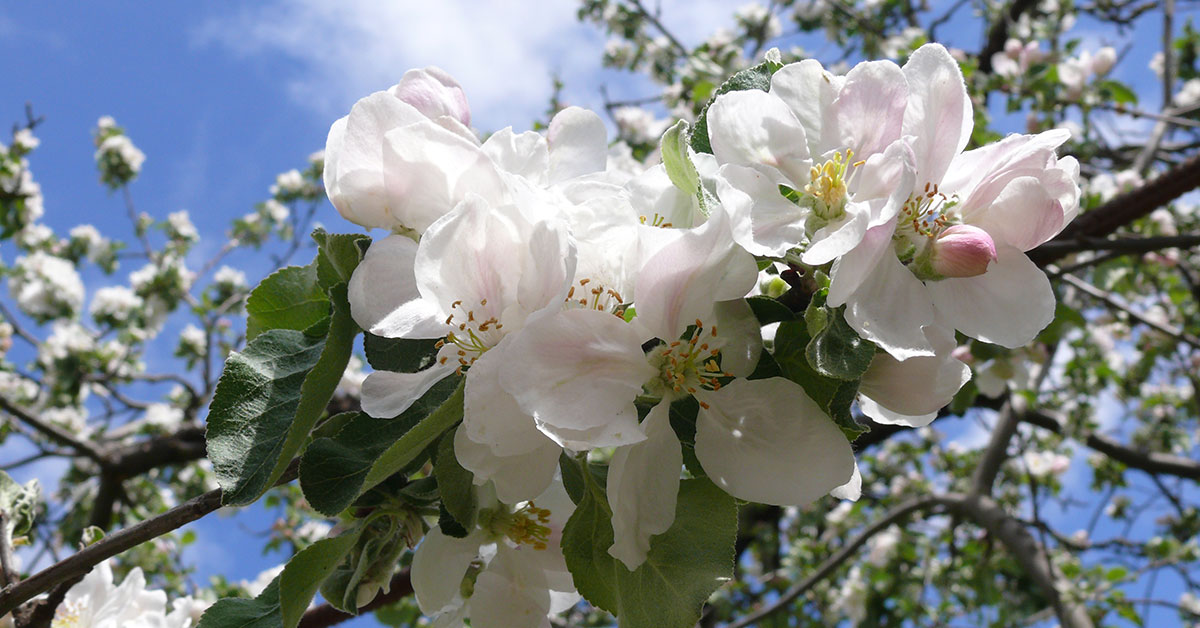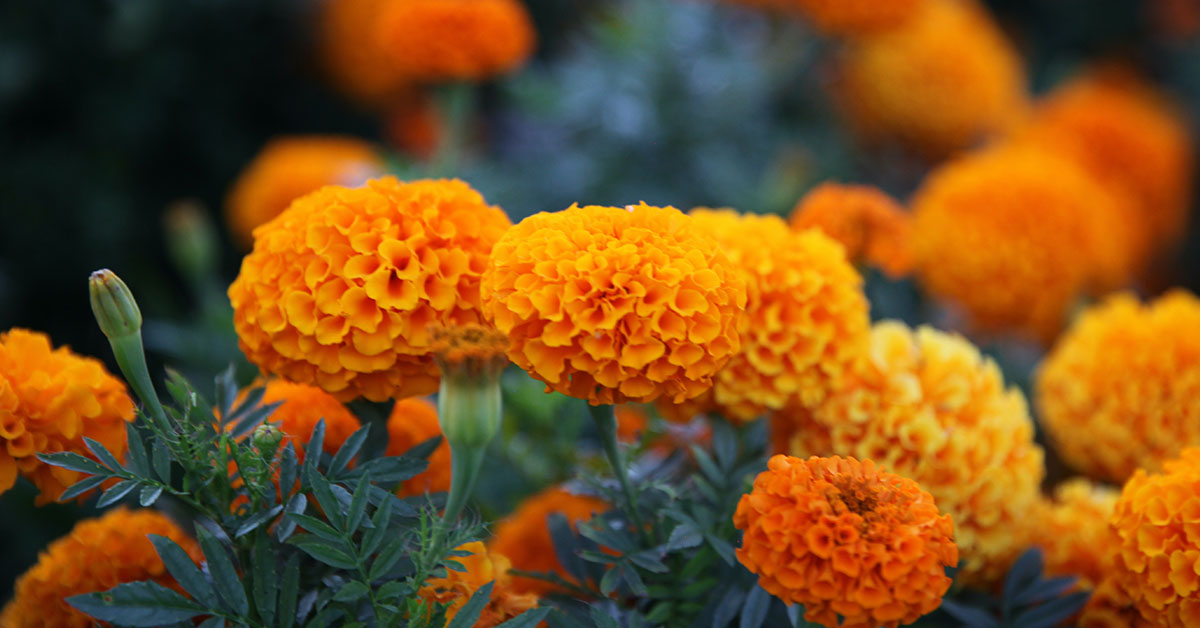Fruit trees that grow in zone 10 are among the most rewarding and beautiful trees to plant in a garden, especially if you like delicious, healthy fruit. The warm climate in this zone allows for a wide variety of fruit trees to thrive and produce delicious fruit. Popular fruit trees in this zone include pomegranate, fig, citrus, apple, cherry, peach, plum, and mangoes. These trees will require some care, such as regular pruning and fertilization, but with the right care, they will reward you with sweet, juicy fruit for many years.
Fruit Trees That Grow In Zone 10
Living in zone 10 is great for gardeners because of the wide variety of fruit trees you can grow. This hardiness zone features mild winters and often hot summers and is the perfect climate for growing citrus, avocados, figs, and many other types of fruit trees. Not to mention, you get to enjoy the delicious fruits of your labor! These are 19 fruit trees that grow in zone 10.
Mangos
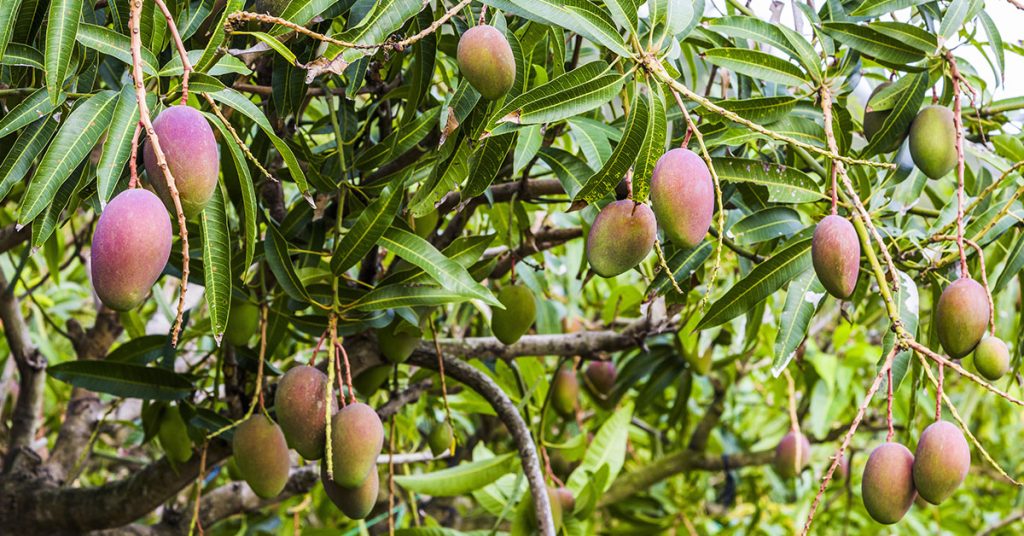
Mango trees are a tropical and subtropical fruit tree that are prized for their delicious, sweet fruit. These trees are native to South Asia, but can now be found growing in many parts of the world. Mango trees typically thrive in warm, humid climates and can be grown in USDA Hardiness Zones 9 through 11.
Mango trees can grow up to 100 feet tall, but are typically maintained at a smaller size for easier fruit harvesting. Young trees should be watered regularly and fertilized often to promote healthy growth. Once established, mature mango trees are drought-tolerant and require little maintenance.
Oranges
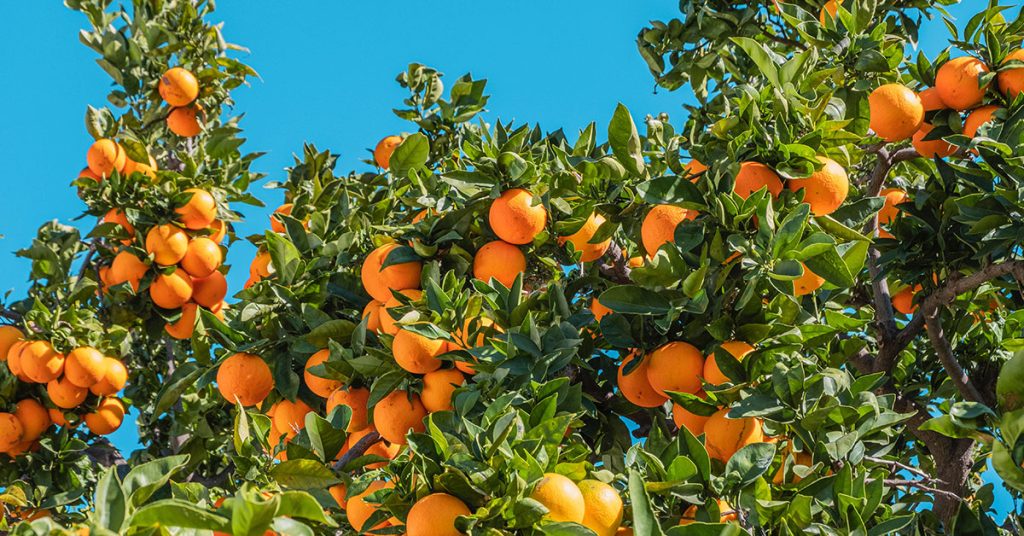
Orange trees are a type of fruit tree that are native to subtropical and tropical climates. They grow best in USDA Hardiness Zones 9a-11b. Orange trees require plenty of sunlight, regular watering and pruning, and a well-drained soil. The trees can grow to be as tall as 40 feet and have evergreen leaves. The fruit of an orange tree is a bright, juicy citrus fruit that is used for eating, juicing, and in a variety of dishes. Orange trees bear their fruit in the spring and summer and should be harvested when the fruit is ripe. To ensure the health of the tree, it is important to fertilize the tree at least twice a year, water it deeply during dry spells, and prune it regularly.
Lemons
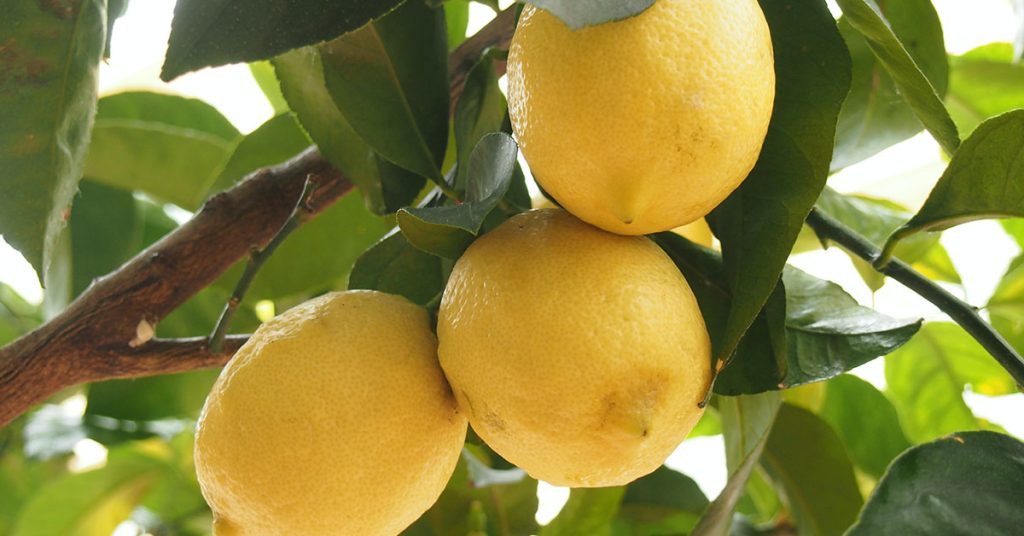
Lemons are a popular citrus tree that can be grown in warm climates, such as zone 10. These trees need a lot of sun and can tolerate some cold temperatures, but they do not do well in freezing temperatures. They need well-draining soil and regular watering, as well as regular fertilizing and pruning. Lemons need to be protected from strong winds and they need to be kept away from other fruit trees, as they can be affected by cross-pollination. They can produce fruit all year round, but the best time to harvest the fruit is in the summer months.
Calamondin
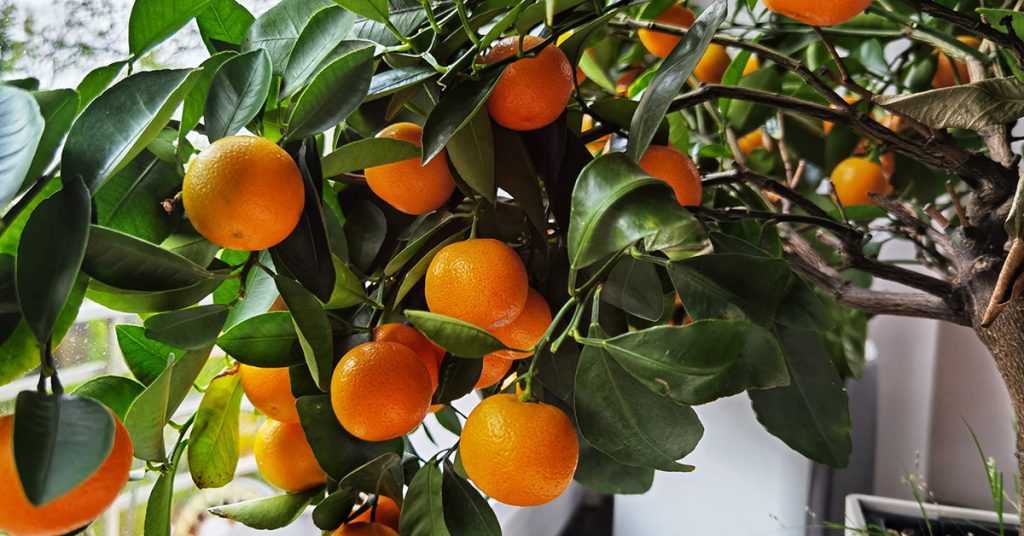
Calamondin trees are a type of citrus tree, native to Southeast Asia and typically grown in warm climates. They typically reach a height of between 3 and 5 feet tall and have a width of about 3 feet. The trees produce small, round, orange fruit that is tart and acidic in flavor. In order to thrive, Calamondin trees require full sun and well-drained soil. They should be watered regularly and fertilized about four times a year. Pruning should be done to keep the trees from becoming too large, as the trees can become heavy and top-heavy. Calamondin trees are hardy and can tolerate temperatures as low as 20 degrees Fahrenheit, but they prefer to grow in temperatures between 65 and 75 degrees. They are able to grow in USDA planting zone 10, which includes areas of Florida, Texas, and California.
Kumquats
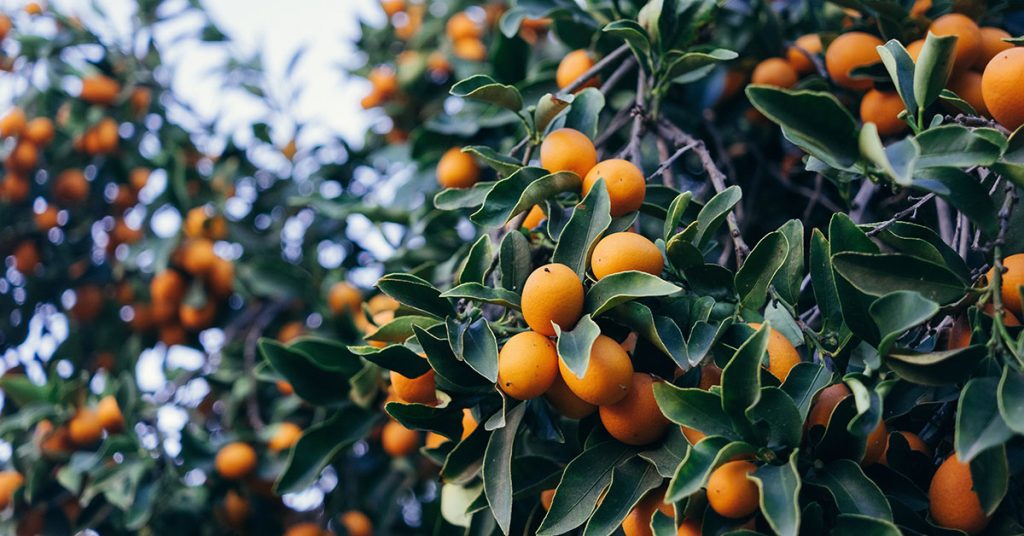
Kumquat trees are a type of citrus tree that produce small, juicy, sweet-tart fruit. The fruit can be eaten raw, or made into preserves and jellies. They are evergreen trees that are often used as ornamental plants due to their attractive foliage and fragrant white flowers. Kumquat trees need plenty of sunlight, warmth, and water to thrive. They are typically planted in well-drained soil and benefit from regular fertilizing.
They grow best in zones 8b-11 and can tolerate temperatures down to 15 degrees Fahrenheit. When caring for a Kumquat tree, it’s important to prune it regularly to remove dead or damaged branches. It is also important to provide adequate water, especially during dry periods. Pest control is necessary, as well, to keep away insects such as aphids and scale insects. Kumquat trees are an excellent choice for gardeners in zone 10. They are easy to grow and can provide a burst of color and flavor to landscapes.
Pummelo
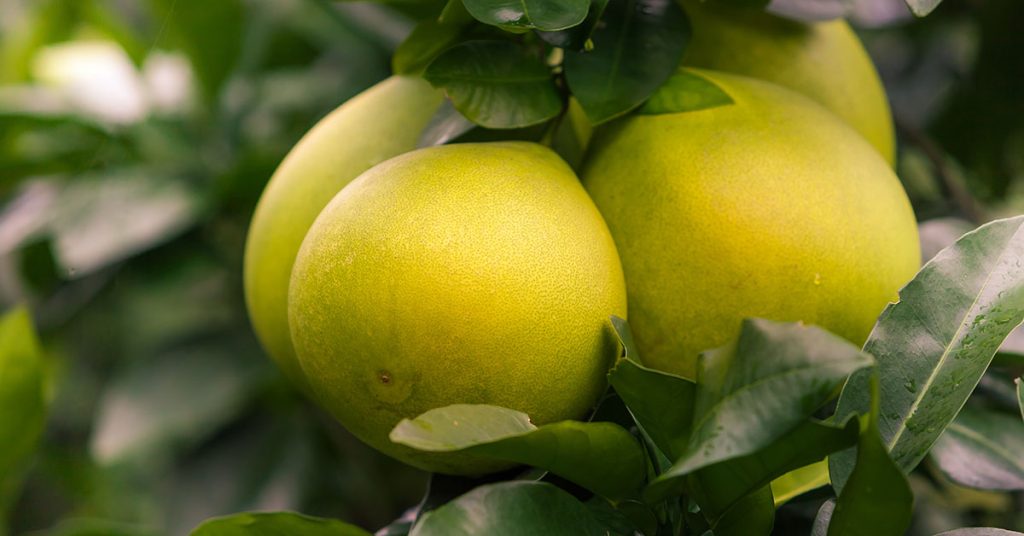
One of the less-common fruit trees that grow in zone 10: Pummelo trees (Citrus maxima) are a large citrus fruit tree in the family Rutaceae. They are native to southeast Asia and the Malay Archipelago, and are closely related to other citrus species such as oranges, lemon, and grapefruits. Pummelos are typically larger than other citrus fruits, and can range in size from that of an orange to that of a grapefruit. The fruit is typically yellow or green when ripe, and has a thick skin and sweet, juicy flesh inside. Pummelo trees thrive in warm, sunny climates and are suitable for growing in USDA hardiness zone 10.
They require full sun and well-drained soil to thrive, and need frequent watering during dry periods. To promote healthy growth, pummelo trees should be fertilized every 3 to 4 months during the growing season with a fertilizer that is high in nitrogen and potassium. Pruning should be done in the spring or summer to promote adequate air circulation and prevent overcrowding. Pummelo trees are relatively resistant to pests and disease, but can be susceptible to citrus canker and anthracnose.
Regular monitoring of the trees and prompt treatment of any problems can help prevent these diseases. With proper care, pummelo trees can produce an abundant crop of sweet and juicy fruits every year.
Avocados
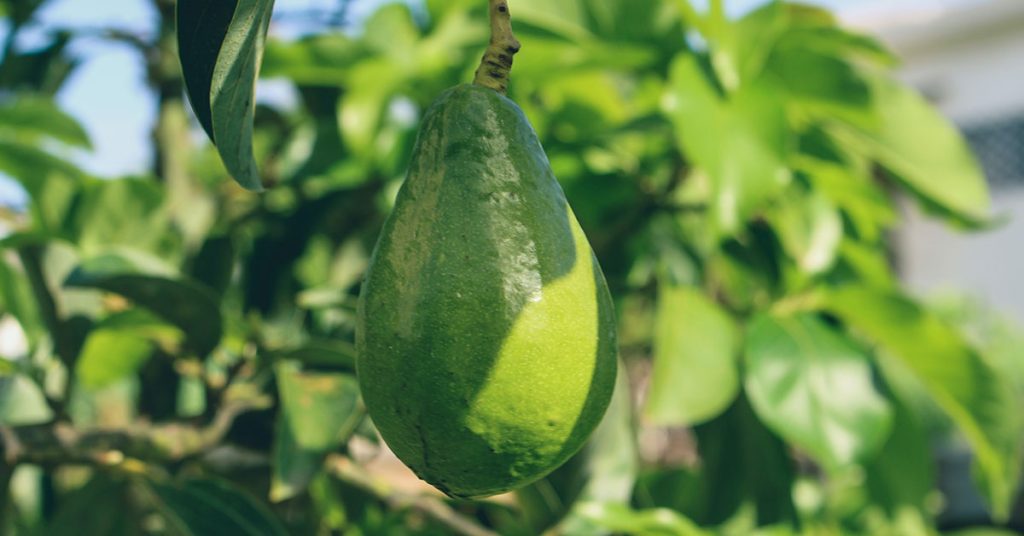
Avocado trees (Persea Americana) are a type of evergreen tree that are native to Central and South America. They grow best in warm, humid climates in USDA Hardiness Zone 10. Avocado trees need plenty of sunlight, so they should be planted in a sunny spot. They prefer well-draining soil that is slightly acidic and should be watered frequently. Avocado trees need to be fertilized annually to ensure healthy growth. Pruning should also be done regularly to keep the tree in shape and to encourage new growth. As an evergreen, avocado trees can be grown indoors in pots if the environment is maintained properly.
Starfruit
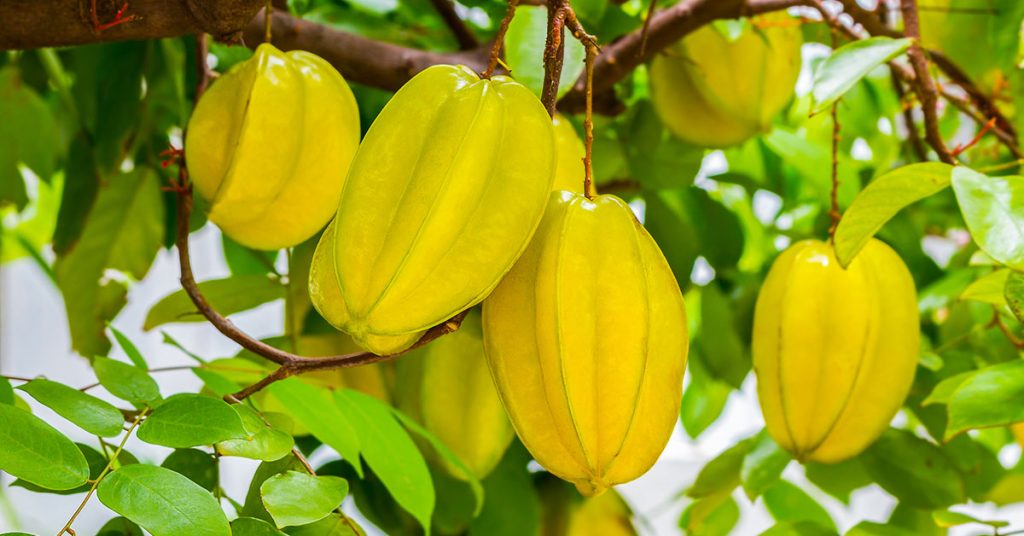
Starfruit trees (Averrhoa carambola) are tropical evergreen trees that grow in USDA Hardiness Zone 10 and warmer. They thrive in full sun and well-drained, fertile soils. Starfruit trees can grow up to 25 feet tall and have unique star-shaped fruits. When caring for Starfruit trees, they require regular irrigation and fertilization during the growing season. Pruning should be done in the early spring to keep the tree healthy and promote fruit production. Additionally, when temperatures drop below 55 degrees Fahrenheit, it is important to cover the tree to protect it from the cold. With proper care, Starfruit trees can produce an abundance of sweet, juicy fruits.
Passionfruit
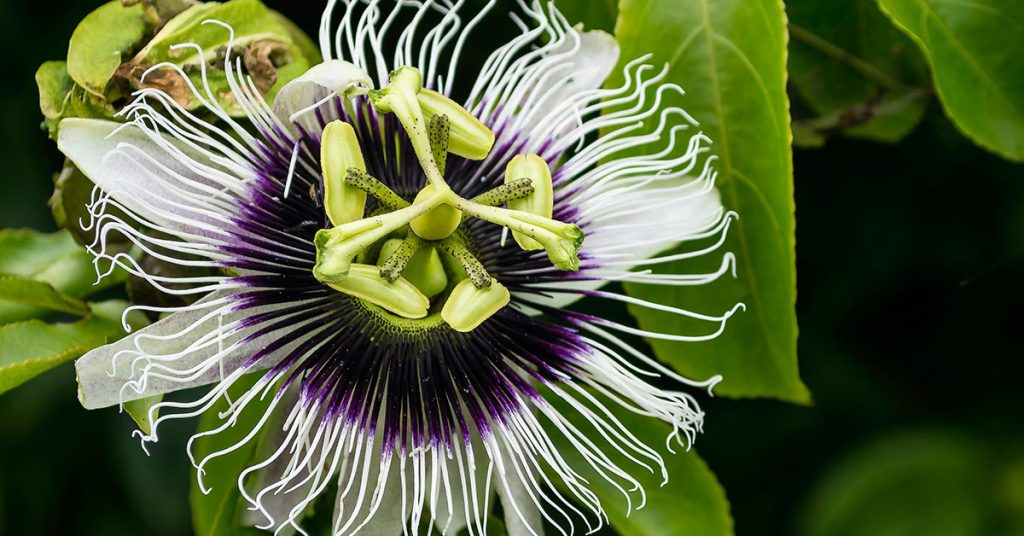
Passionfruit trees (Passiflora edulis) are a tropical fruit tree native to South America that is grown in warm climates. The trees produce large, dark purple/black fruits that have a sweet, tart flavor. When caring for a passionfruit tree, it is important to provide it with full sun and well-draining soil. The tree should be watered regularly and fertilized every few months with a balanced fertilizer.
Pruning is also necessary to keep the tree healthy, as it can become overgrown and unproductive if left unchecked. Passionfruit trees are hardy in USDA hardiness zones 9 and above, meaning they can withstand temperatures as low as 20°F. However, it is still important to provide them with some protection during colder months, such as covering them with a frost blanket or moving them to a sheltered area when necessary.
Guava
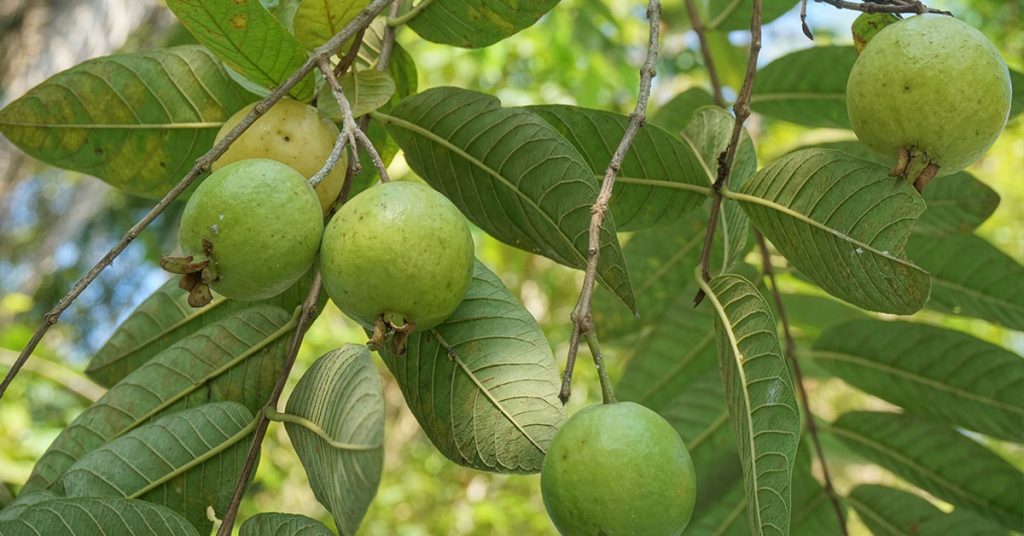
Guava trees (Psidium guajava) are an evergreen, subtropical tree that are native to tropical America. The trees can grow up to 25 feet tall and are widely cultivated in warm climates around the world. The trees bear edible fruits that can vary in size, shape, and color. Guava trees can be grown in USDA hardiness zones 9 through 11.
When caring for a guava tree it is important to give it adequate water and fertilizer. The tree prefers full sun and should be planted in well-draining soil. Guava trees should be pruned regularly to maintain shape and size and to promote fruiting. Guava trees are fairly pest and disease resistant, but they may be affected by scale, mealybugs, and fruit flies.
Kiwifruit
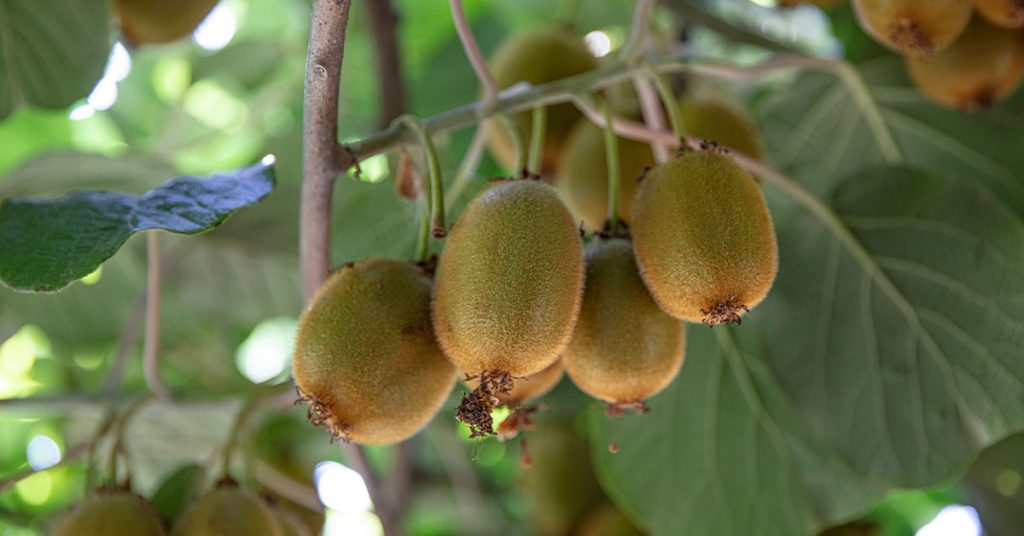
Kiwifruit trees are actually fast-growing, woody vines that can reach up to 33 feet in height. They are evergreen and produce abundant clusters of edible green or yellow-green fruit. The fruits are oval-shaped with a thin, hairy skin and a soft, juicy interior.
The flavor is sweet and tangy with a hint of banana and strawberry. Kiwifruit trees require a warm climate and prefer well-drained soil with a pH between 5.5 and 6.5. They prefer full sun and need to be watered regularly.
Pruning should be done after harvesting to maintain a healthy, productive plant. Kiwifruit trees can grow in USDA Plant Hardiness Zone 10, which includes the states of Arizona, California, Florida, New Mexico, and Texas. They are frost-sensitive and need to be protected during cold weather.
Apples
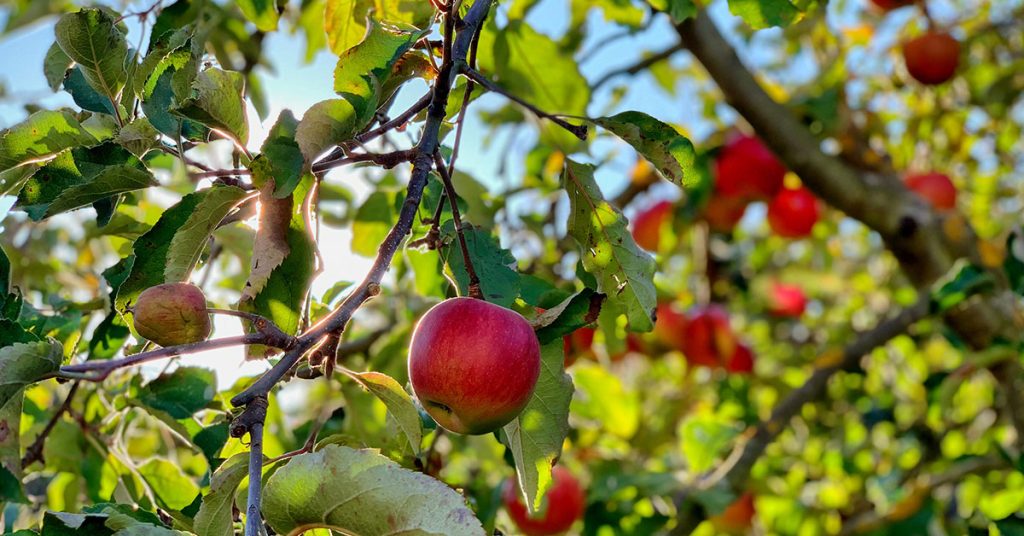
Apple trees are a popular fruit tree that grow in a variety of climates. They are deciduous trees, meaning their leaves will fall off in the winter. Apple trees can grow to be quite large, reaching up to 30 feet tall. Apple trees need full sun and well-drained soil to thrive. They are usually planted in the spring and require regular watering and fertilization. Pruning is also necessary to maintain the size and shape of the tree. Apple trees grow in USDA Hardiness Zone 10, which is characterized by mild winters and warm summers.
Apricots
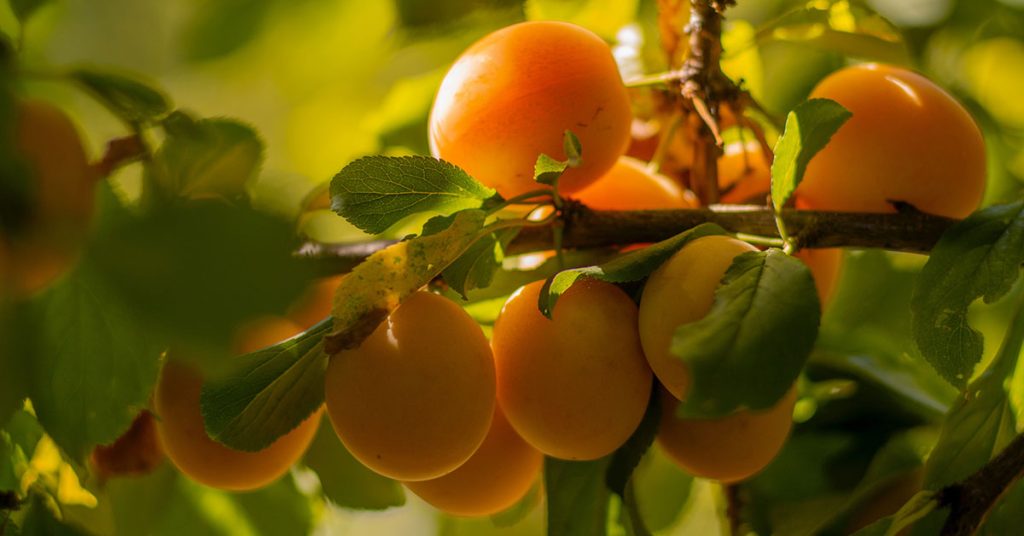
Apricot trees are deciduous fruit trees that are native to Asia and Europe. They are members of the Prunus genus, which includes other fruits such as cherries, plums, and almonds. Apricots are known for their sweet, tangy flavor and are often used in jams, jellies, and preserves. Apricot trees thrive in warm, sunny climates and can grow in USDA hardiness zones 4-9.
They prefer well-drained, loamy soil and need full to partial sunlight. The trees should be planted in a sunny location that receives at least 6-8 hours of sun per day. Apricot trees require regular watering during the growing season. They should be watered deeply and often, but it is important to avoid over-watering as this can cause root rot.
Mulching around the base of the tree can help retain moisture and reduce weeds. Fertilizer should be applied to the soil around the tree in early spring, usually at a rate of 1-2 tablespoons per square foot. Pruning should also be done to keep the tree healthy and promote new growth. Pruning should take place in late winter or early spring, when the tree is dormant. In addition to regular care, apricot trees should be protected from pests and diseases.
Cherries
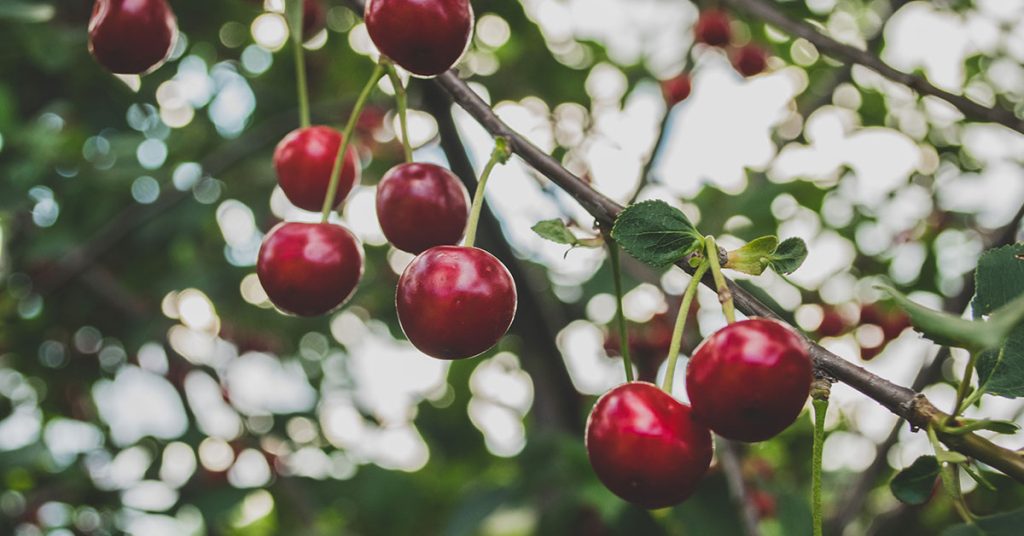
Cherries trees are deciduous trees that can grow up to 25-30 feet tall. They have attractive dark green foliage and during the spring, they produce white or pink blossoms. The cherries that they produce are typically sweet and plump and can be eaten fresh off the tree. Caring for a cherry tree is not difficult, but it does require regular maintenance.
The tree should be planted in an area that gets full sun and has well-draining soil. The tree should be watered regularly and fertilized every spring with a balanced fertilizer. Pruning should be done in the late winter or early spring to help the tree maintain its shape and size. Cherry trees are hardy in USDA plant hardiness zones 4 to 6 but can grow in zone 10.
Figs
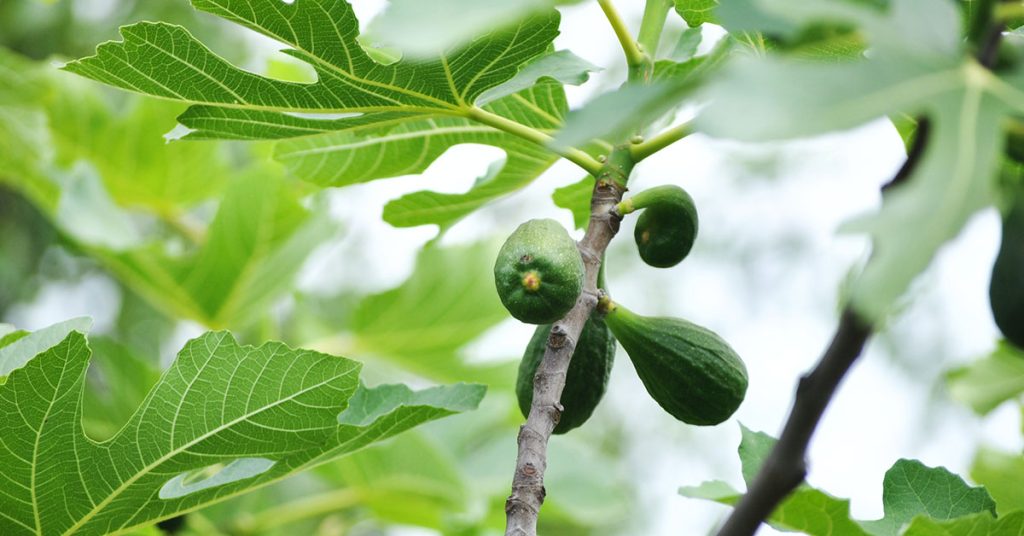
Figs (Ficus carica) are deciduous trees native to the Mediterranean region that can grow up to 10 feet tall. The trees produce edible fruits that are high in dietary fiber, and vitamins A, B6 and C. Figs can be grown in USDA hardiness zones 8-10, with zone 10 being the ideal climate for the trees.
When planting fig trees, choose a south-facing area with plenty of sun and well-drained soil. Figs require little pruning, but it can be done to remove dead, broken, or diseased branches. Water the tree regularly, every 7 to 10 days during the warmer months. Fertilize the tree each spring with a balanced fertilizer and mulch around the base of the tree to help retain moisture.
Figs are prone to pests and diseases, so inspect the tree regularly for signs of infestation. Common pests include aphids, scale, and spider mites. Common diseases include root rot, leaf spot, and anthracnose. If pests or diseases are found, prune away affected areas and treat the tree with an appropriate pesticide or fungicide.
Peaches
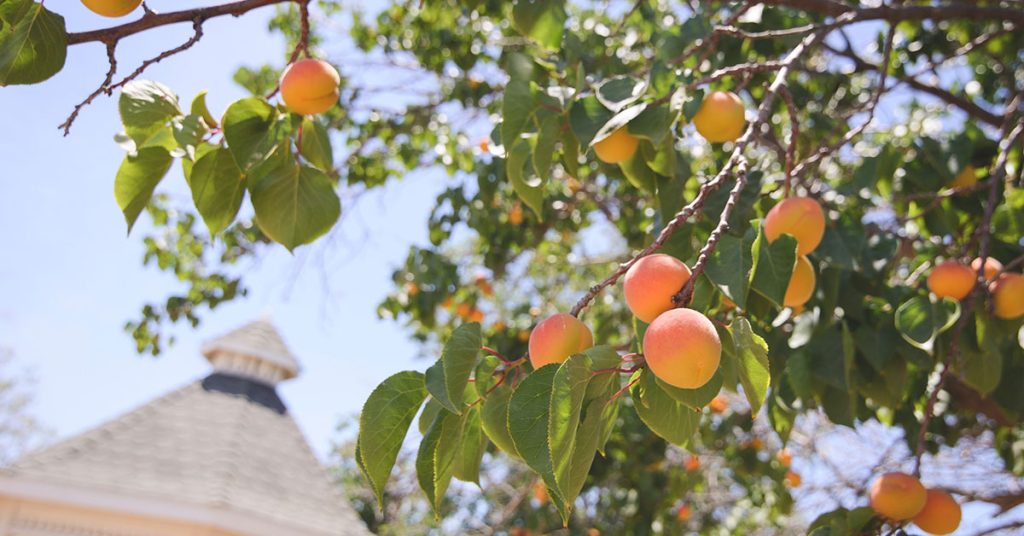
Peach trees (Prunus persica) are deciduous fruit trees that are popular for their sweet and juicy fruits. They are native to China and have been grown for thousands of years. Peach trees grow best in full sun and well-draining soil. They need regular moisture during the growing season and should be mulched to help retain moisture and control weeds.
Regular fertilization with a balanced fertilizer is also recommended for optimal fruit production. Peach trees are relatively easy to care for and are commonly grown in USDA hardiness zones 4-9 but thrive very well in 6 and 7. Pruning the tree in late winter or early spring to thin out branches and maintain a strong structure is important. To protect the tree from pests and diseases, it should be sprayed with a fungicide and insecticide every few weeks.
Pears
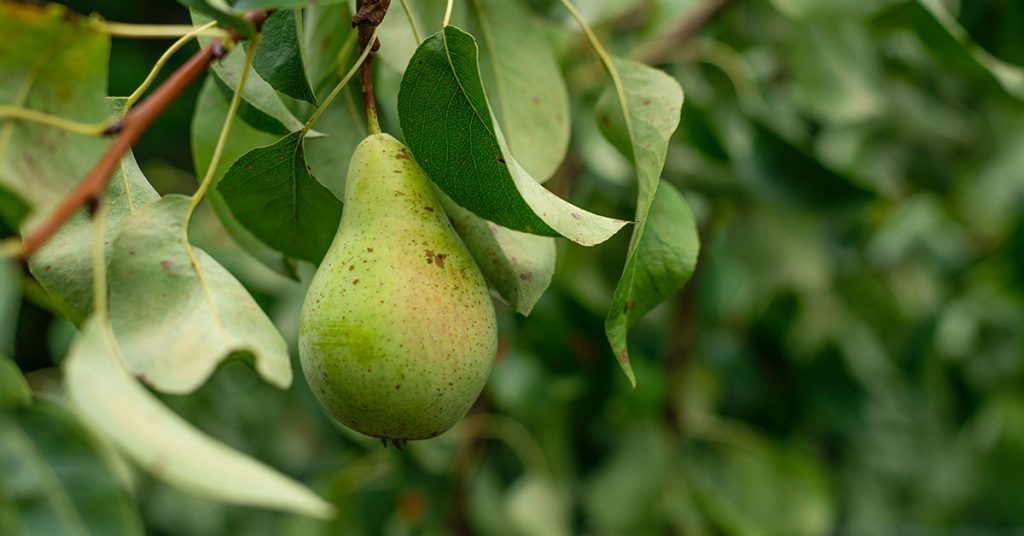
Pear trees are deciduous fruit trees that are commonly grown in home orchards. They are native to temperate climates and are generally hardy in USDA zones 3-10. The trees produce fragrant white flowers in the spring, followed by delicious pears in the late summer and early fall. Pear trees require full sun and well-drained soil to thrive. When planting a pear tree, it is important to select a variety that is suited to the climate and soil type. It is also important to choose a spot that is sheltered from strong winds, as the limbs of pear trees can be easily damaged by wind.
Pear trees should be pruned to maintain their shape and structure. Pruning should begin in late winter, when the tree is dormant. During the growing season, it is important to regularly water and fertilize the tree in order to keep it healthy and productive. Pests and diseases can be a problem for pear trees, so it is important to monitor the tree carefully and take steps to keep it healthy.
Pear trees are a great choice for backyard orchards, as they are relatively easy to care for and can produce a large crop of tasty pears.
Plums
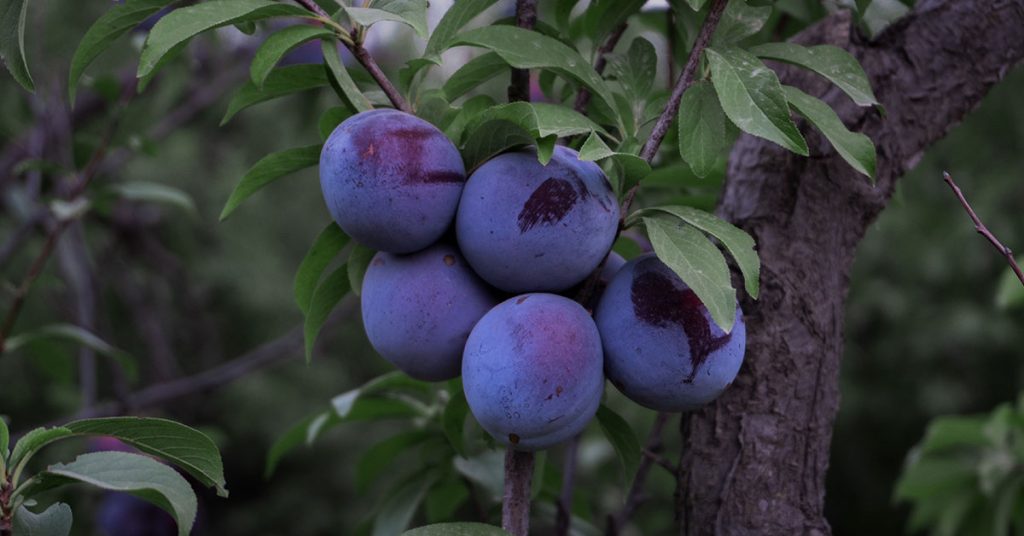
Plum trees (Prunus domestic) are deciduous trees that produce edible, juicy fruits. They are a popular choice for many home orchards and gardens. Plums are easy to care for and require minimal maintenance. Plum trees prefer full sun and well-drained soil. They require regular water during the growing season and should be fertilized once a year in spring.
Plum trees should be pruned in late winter for shape and size control. Pruning should include removing dead and crossing branches. Plum trees grow best in USDA hardiness zone 10. They require a minimum of 250-500 chill hours, which is the number of hours between 32 and 45 degrees Fahrenheit, for the tree to produce fruit.
Pomegranates
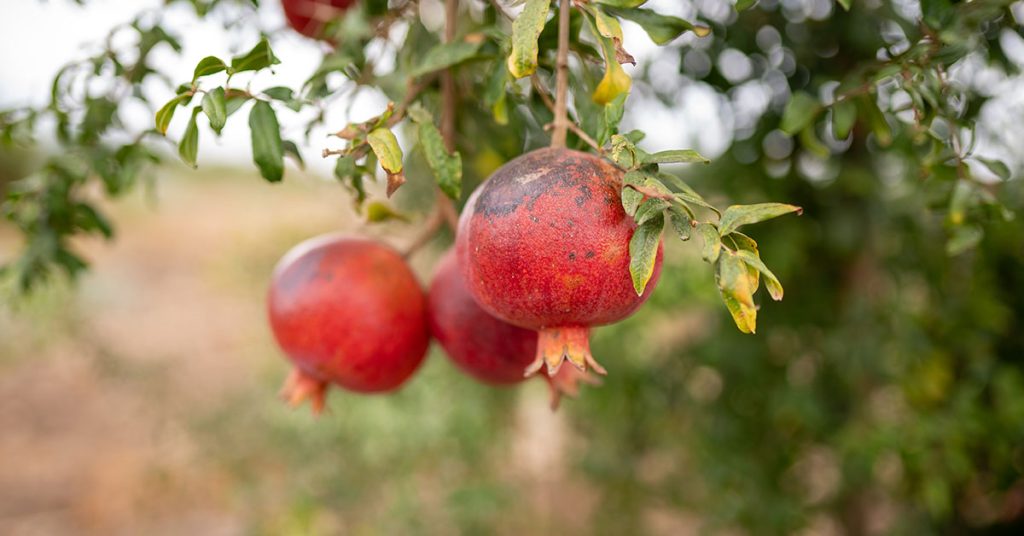
Pomegranate trees are deciduous, medium-sized trees that generally grow to a height and spread of 8-10 feet. They are native to Asia and the Mediterranean and thrive in warm, sunny climates. Pomegranate trees are drought-tolerant and can survive in some of the driest climates. They are hardy in USDA Zones 7-10, but can tolerate temperatures as low as 15°F.
Pomegranate trees need full sun in order to bear fruit and should be planted in well-draining soil. The trees should be watered regularly and mulched to help conserve moisture. Fertilizing with a general-purpose or fruit tree fertilizer twice a year can help promote healthy growth.
Pruning is also recommended in order to remove dead and diseased branches, as well as to shape and train the tree. Pomegranates are usually ready to harvest in late summer or early fall. The fruits are a deep red color and have a sweet-tart flavor. The fruits can be eaten fresh or used to make juice, jams, and other recipes.


